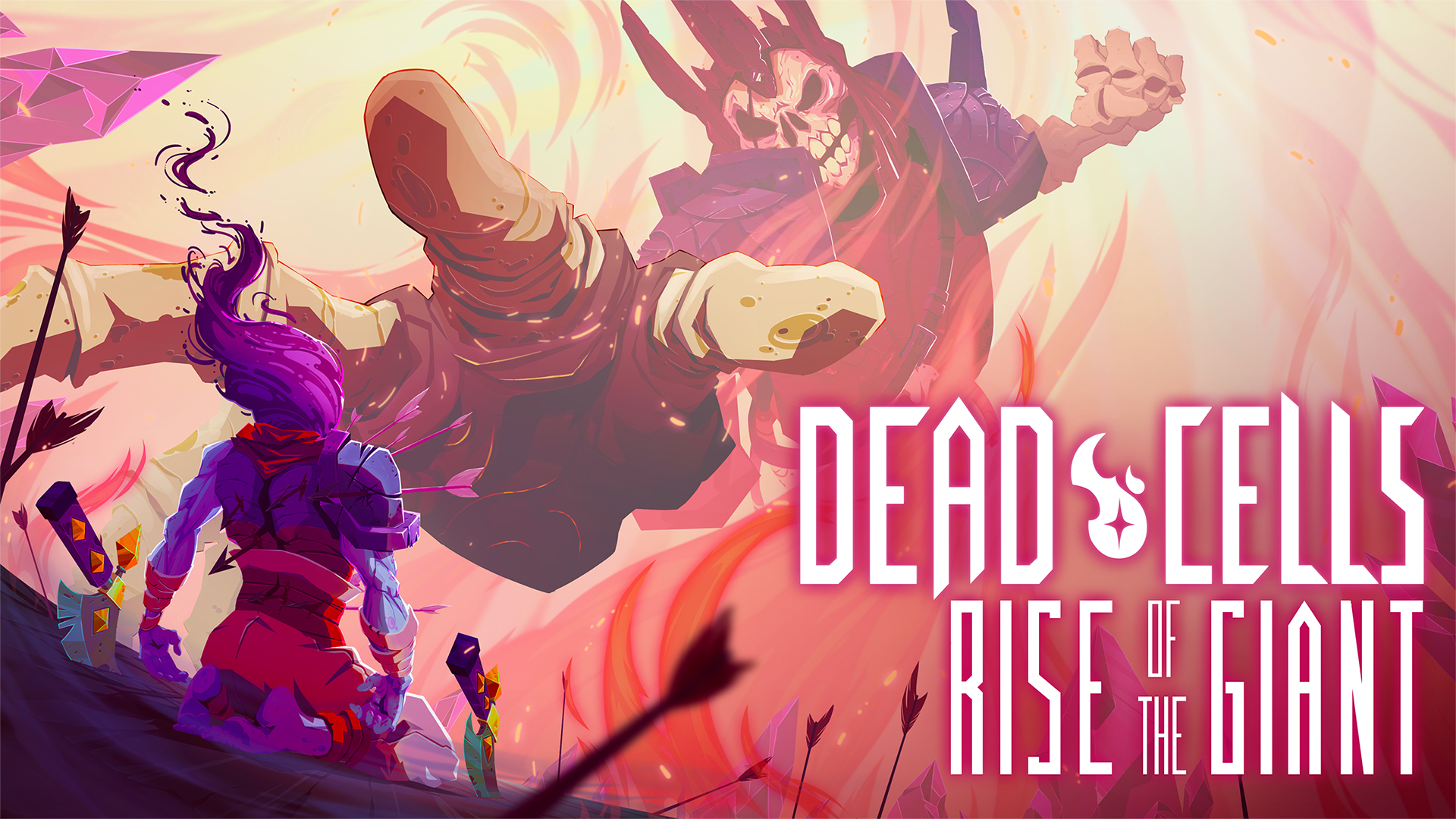
Those surviving virions will continue to infect more cells, making copies of the resistant strains. Just look at what they did to my boy Quick Bow - nerfed to hell across several patches. One drug might prevent a large number of virions from replicating, but just a few will be unaffected. Dead Cells has left Early Access three years ago, yet the developers kept changing core mechanics, ramping up the difficulty and nerfing cool builds or powerful weapons like this goofy singleplayer game was some sort of competitive online game.

Because the virus is constantly changing, it makes it very hard to design drugs and vaccines against it. HIV mutates quickly because it makes frequent mistakes while replicating its genome. This ability to adapt is what makes human immunodeficiency virus (HIV) as hard to treat as it is. The virus can eventually reenter the lytic phase when conditions are right. Sometimes a host does not have enough energy or supplies to support the virus to actively replicate, so it will switch to the lysogenic phase. A virus can live in two different phases – the lytic phase (where the virus actively replicates in a host cell) and the lysogenic phase (where the viral DNA incorporate itself into the cell’s DNA and multiples whenever the cell multiplies). Unlike the previous requirement, which required an immediate response, adaptation is a process that takes place over time. Viruses definitely adapt to their surroundings. Still, very few things in biology are black and white, so let’s check out how viruses do with the rest of the list before we make our final decision.Īdaptation and evolution happen through unintentional changes (mutations) that are advantageous to an entire species. Though some have argued that the capsid and envelope help virions resist change in their environment, the general consensus is that viruses do not pass this first requirement for life. This criterion asks whether an individual virion is capable maintaining a steady-state internal environment on its own. The more extreme effects of the Malaise are highly unsettling. It also appears to be highly infectious, with the King imprisoning and quarantining affected individuals.

Left untreated, the Malaise leads to certain death. Viruses do not have nuclei, organelles, or cytoplasm like cells do, and so they have no way to monitor or create change in their internal environment. The Malaises symptoms include vomiting blood, itchiness, headaches, blurry vision, bellyaches, and feeling down 4. Modern Metroidvanias: how Dead Cells and Hollow Knight elevated a genre. Certain virus strains will have an extra membrane (lipid bilayer) surrounding it called an envelope. A single virus particle is known as a virion, and is made up of a set of genes bundled within a protective protein shell called a capsid. Homeostasis is all about balance – can something control its internal temperature, or its internal contents? In earlier drafts of criteria for life, the requirement was that living things must be made of cells.


 0 kommentar(er)
0 kommentar(er)
